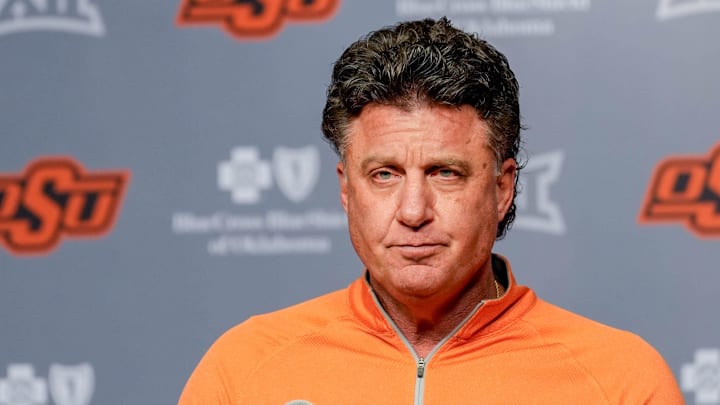In a recent video appearance, controversial commentator Coach JB delivered a blunt forecast: he doubts that former Oklahoma State coach Mike Gundy will ever take another head‑coaching job. While the remark may sound provocative, it taps into a deeper conversation in the college football world about the shifting nature of coaching careers, especially for those exiting under pressure.
JB said, “I don’t know if he’ll coach again … I truly don’t believe he’ll coach again. That’s my gut.” His stance should not be written off as mere clickbait or bravado. Instead, it mirrors a growing belief: that Gundy’s path back to the sideline faces steep obstacles, and that the landscape of Power Four football increasingly favors new models of leadership.
The Post‑Firing Hurdle
When a coach is dismissed midseason, as Gundy was, the optics and momentum heavily favor closure, not continuity. Programs often feel pressure to turn the page decisively, rather than circle back to a familiar name. JB’s prediction leans on this reality: a coach leaving under duress often finds doors harder to reopen at the highest level.
In today’s environment, athletic departments are more inclined toward candidates perceived as bold, modern, and adaptive. The narrative around “We’re heading in a new direction” is powerful — often stronger than the pull of institutional loyalty or past success.
The Younger, Flashier Model Gains Ground
One of the biggest headwinds working against a Gundy comeback is the changing prototype for what a “modern coach” looks like. Success today often requires mastery over recruiting via NIL dynamics, adeptness at roster turnover via the transfer portal, social media savviness, and an aggressive, entrepreneurial approach to building momentum. The appetite for “young, high‑energy” hires is real and growing.
Even if Gundy were to land a job again, he would likely face skepticism about whether he can adapt to those demands. And the expectation would not be merely to “coach like he did before,” but to reinvent, or at least recalibrate, his playbook for a very different era.
Why Gundy’s Decline Was So Rapid
Gundy’s time at Oklahoma State was distinguished. He’s the winningest coach in program history and led multiple seasons of double-digit wins. But over time, his program’s performance declined. Some of that falloff can be traced to a reluctance or slowness in embracing the evolving realities of the game — particularly NIL and the transfer portal.
As college football accelerated in complexity and player movement, Gundy and his staff may have struggled to keep pace. One could argue that the same shift in the sport that helped propel younger coaches now penalizes those slower to adapt. And Gundy’s dismissal at the tail end of a middle season suggests that OSU’s leadership had lost confidence that he could bridge that gap.
Not a Foregone Conclusion — But a Tough Road
It’s important to stress that JB’s prediction is not a verdict but a hypothesis. There’s no definitive public indication that Gundy has ruled out a return. In college football, second acts do happen. Coaches have surprised before. Comebacks are not out of the question.
Still, the realities stack against him. Being fired midseason carries a perception that may be hard to shake. Athletic directors are increasingly drawn to fresh names who fit the new era. And even if Gundy does land somewhere, he’ll face high expectations not just to win, but to prove he’s evolved. He’ll need to show he understands the current landscape and can operate within it. Otherwise, he risks becoming a figure remembered more for what he once was than what he could still be.
Final Thought
JB’s prediction, that Mike Gundy won’t coach again, may sound harsh, but it taps into a legitimate sentiment in the college football world. The game is changing fast, and not everyone keeps up. Gundy’s success at Oklahoma State is undeniable, but past wins don’t guarantee future roles. Either he adjusts, or he risks being left behind. Whether he wants to return or not, the path back is steep, and if he does coach again, it’s unlikely to look anything like the run he had in Stillwater.
